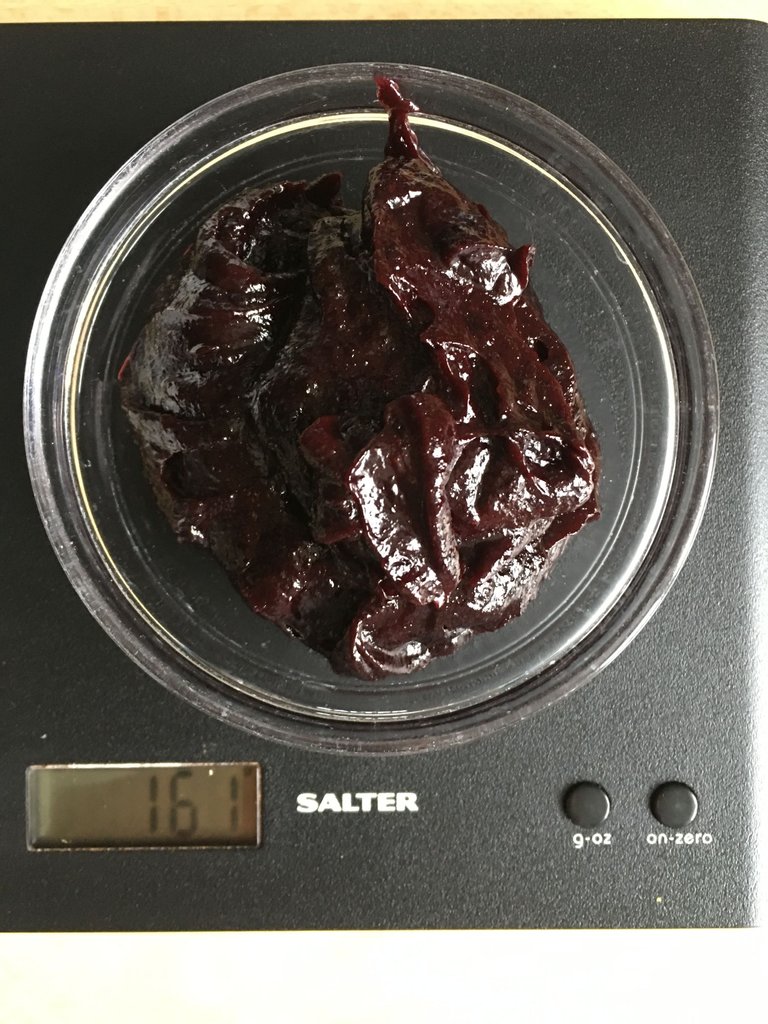I can't wait until these wild cherries are fully ripe.

Wild cherries are one of my favourites fruits to forage when their time comes. However it's important to be caution and identify the specific type of wild cherry before consuming them. There are several species of wild cherries, some of which are edible and others that are not. One popular edible wild cherry is the Prunus avium, commonly known as the sweet cherry or wild cherry. The fruit of this species is typically safe to eat when ripe.
However, it's crucial to note that not all wild cherries are safe for consumption. Some wild cherry varieties, such as the Prunus serotina or black cherry, contain toxic compounds in their leaves, bark, and seeds. These compounds, including cyanogenic glycosides, can be harmful if ingested in large quantities.
To ensure your safety when consuming wild cherries, it's advisable to properly identify the specific species and consult reliable sources or local experts who are knowledgeable about wild plants in your area. If you're uncertain about the edibility of a particular wild cherry species, it's best to put on the side of caution and avoid consumption.
Anyway, there are several mobile apps available that can assist in identifying wild cherries and other edible plants. These apps often provide information, images, and identification features to help users determine whether a specific plant is safe to eat. Here are a few popular apps I used myself that can be helpful in identifying wild cherries:
PlantSnap: PlantSnap allows users to take a photo of a plant and uses image recognition technology to identify the species. The app provides detailed information about the plant, including its edibility, habitat, and other relevant details.
iNaturalist: iNaturalist is a citizen science app that allows users to upload photos of plants and wildlife. The community of users and experts can help identify the species and provide information about its edibility.
PictureThis: PictureThis is an app that uses visual recognition technology to identify plants. Users can take a photo of a plant, and the app will provide information on its identification, including whether it is safe to eat.
Please remember that while these apps can be helpful tools, they should not be relied upon as the sole source of information. I would recommend to cross-reference the app's identification with reputable field guides or consult with local experts who are familiar with the flora in your specific region. Safety should always be the top priority when foraging or consuming wild plants.
Wild cherries, depending on the specific variety, can be used in a variety of culinary applications and here are some common ways to enjoy and utilise wild cherries:
Fresh Eating: When ripe, wild cherries can be enjoyed fresh and eaten as a delicious snack. Simply wash them and remove the seeds before consuming.
Jams and Jellies: Wild cherries can be used to make flavourful jams, jellies, and preserves. The cherries are typically cooked down with sugar and sometimes combined with pectin to create a spreadable fruit preserve.
Since I gave up on sugar long ago, I only cook them slightly, blend them, and cook them again until they will become a sauce. I find it very tasty and full of nutritional compounds in this way without any additional refined sugars. The resulting sauce can be spread over pancakes, waffles, or used as a topping for desserts.
You can see in this picture how the wild sauce paste (made with 500g wild cherries) looks like:

Pies and Tarts: Wild cherries are a fantastic addition to pies and tarts, providing a burst of tangy sweetness. They can be used as the primary filling or combined with other fruits like apples or berries.
Syrups and Sauces: Wild cherry syrup or sauce can be made by simmering the cherries with sugar and water until the fruit breaks down and releases its juices. Again, I will not encourage you to use sugar 😜 however, anyone should make his own choices. The resulting syrup or sauce can be drizzled over pancakes, waffles, ice cream, or used as a topping for desserts.
Liqueurs and Infusions: Wild cherries can be used to create homemade liqueurs or infusions. By soaking the cherries in alcohol, such as vodka or brandy, along with sugar and other flavourings, you can produce a delightful cherry-flavoured beverage. I wonder if it would go well without sugar as well. I never tried though, since alcohol is not my thing...
Desserts and Baked Goods: Wild cherries can be incorporated into a wide range of desserts and baked goods, such as cakes, muffins, cobblers, and crumbles. They add a vibrant burst of flavour to these sweet treats.
It's important to note that the specific variety of wild cherry and its taste may vary. Some wild cherries may be more tart or have a slightly bitter flavour compared to cultivated sweet cherries. Therefore, it's a good idea to taste a small sample before using them in large quantities to adjust for their flavour profile.
Please, let me know how many of you are going to look for the wild cherries in your area this season!

Here I am last year taking in these tiny natural treasures. 😜

Happy Tuesday everyone!😍
Hi @monivis,
Thank you for participating in the #teamuk curated tag. We have upvoted your quality content.
For more information visit our discord https://discord.gg/8CVx2Am